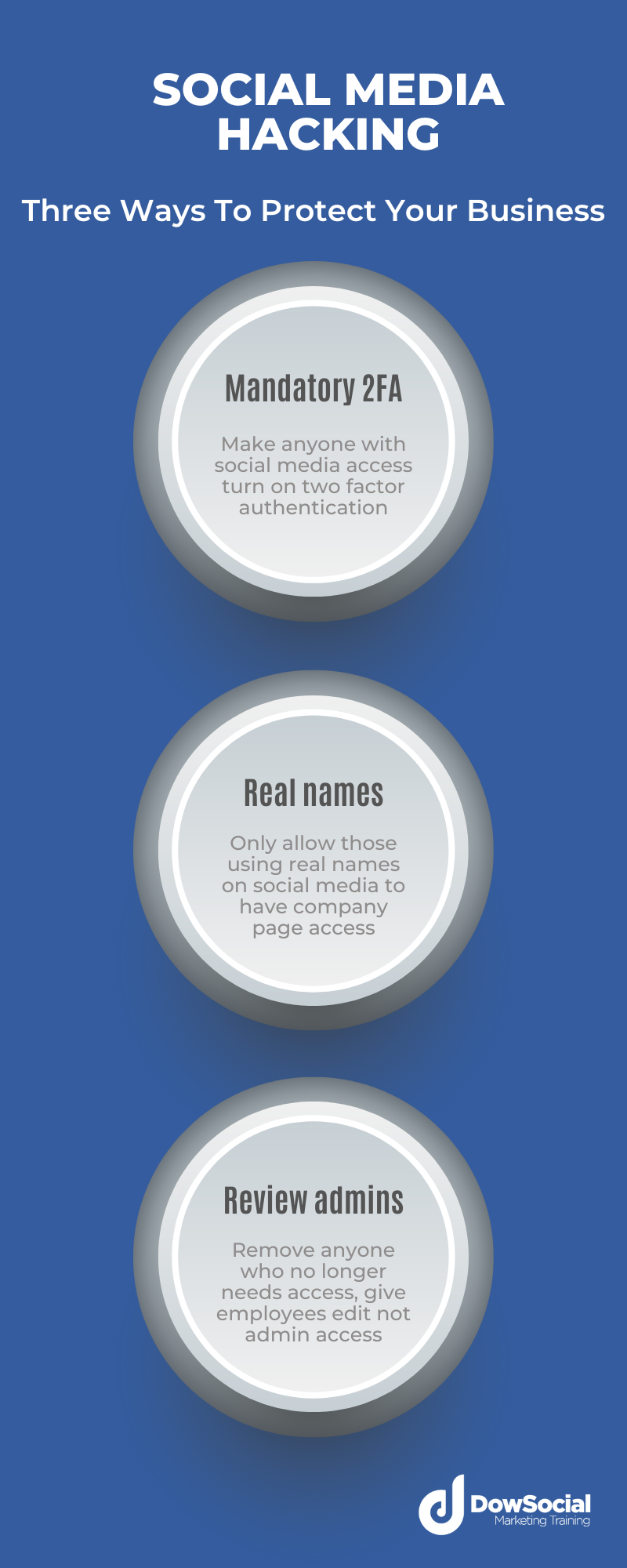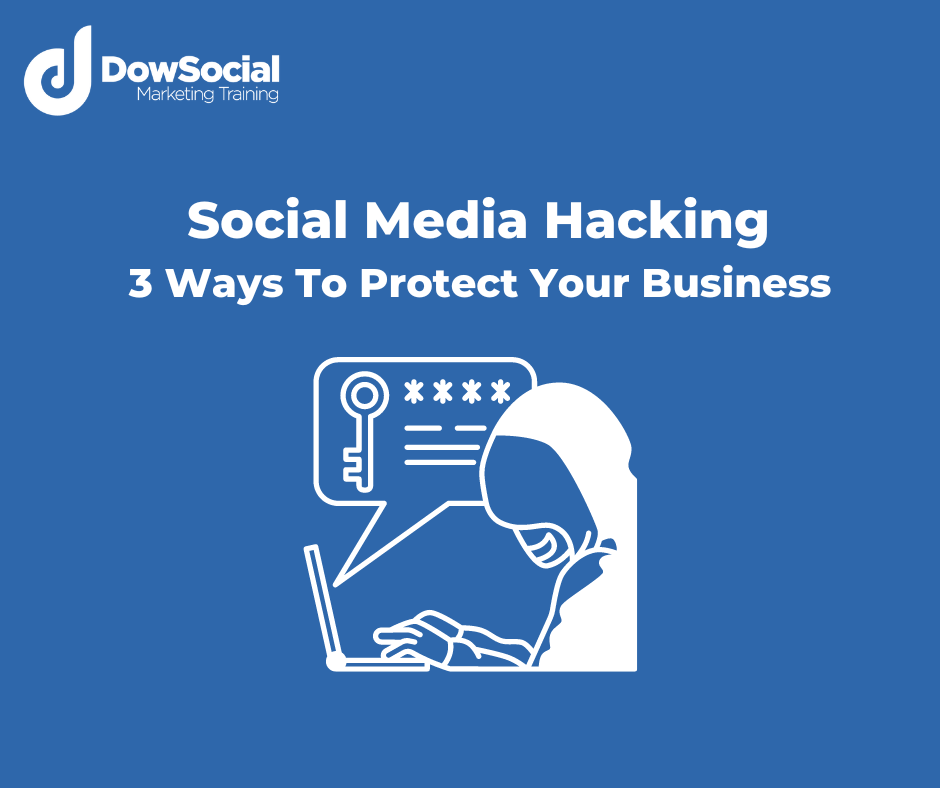Social media hacking is rife at the moment and if you are a victim it is very difficult to fix.
Hackers are trying to destroy your business; the social media companies don’t care, so you have to take steps to protect your business.
Imagine this: One morning, you attempt to log in to your business’s Facebook page, only to find that the credentials aren’t working.
Panic sets in as you see posts that shouldn’t be there or, even worse, sensitive company information being shared with the world. Your reputation is tarnished within hours, and undoing the damage seems impossible.
This is no horror story. It’s a genuine threat.
Why don’t social media companies intervene?
It’s easy to assume that major social media platforms have your back. However, their primary focus often lies in enhancing user experience and scalability, sometimes at the expense of individual account security. With billions of users worldwide, recovering hacked business accounts isn’t their top priority. Unless, of course, you pay for verification.
Social Media Hacking – 3 Steps To Protect Your Business
With such vulnerabilities on the rise, it’s crucial to be proactive. Here are three pivotal steps to fortify your business’s social media presence:

1. Mandatory 2-Factor Authentication
- What is it? You receive an additional code on a secondary device or app when logging in. Only upon entering this code can access be granted.
- Why use it? Even if a hacker obtains your password, they need physical access to your mobile device to breach the account.
2. Real Names Only
- What is it? Only allow personnel using their legal names on social media profiles they use to manage your accounts.
- Why use it? In the unfortunate event of a hack, having real names tied to your accounts provides a lifeline. It offers concrete evidence when contacting social media platforms, proving your identity and facilitating account recovery.
3. Tiered Access: Distinguishing Admins from Editors
- What is it? Limiting full administrative privileges only to a select few.
- Why use it? Reducing the number of admins diminishes potential entry points for hackers. Meanwhile, assigning editor status to other team members lets them contribute without jeopardizing the integrity of your page.
Bonus Tip: Verification Status
Platforms like Meta (formerly Facebook) offer verification services. Though paying for what feels like basic security might be grating, this nominal fee can deter potential hackers.
Example Meta Verified
- Verification: The promise of genuine identity is at the core of Meta Verified. With the verification badge, your followers and community have reassurance. Meta uses a government ID and, when feasible, a selfie video to firmly validate the authenticity of your account.
- Proactive Account Protection: Digital doppelgangers are a real threat. With Meta Verified, your account is actively monitored, ensuring that impersonation attempts are thwarted. The service also mandates two-factor authentication, adding another layer of security.
- Direct Account Support: With Meta Verified, you get real-time support from actual humans ensures you’re never left in the lurch.
